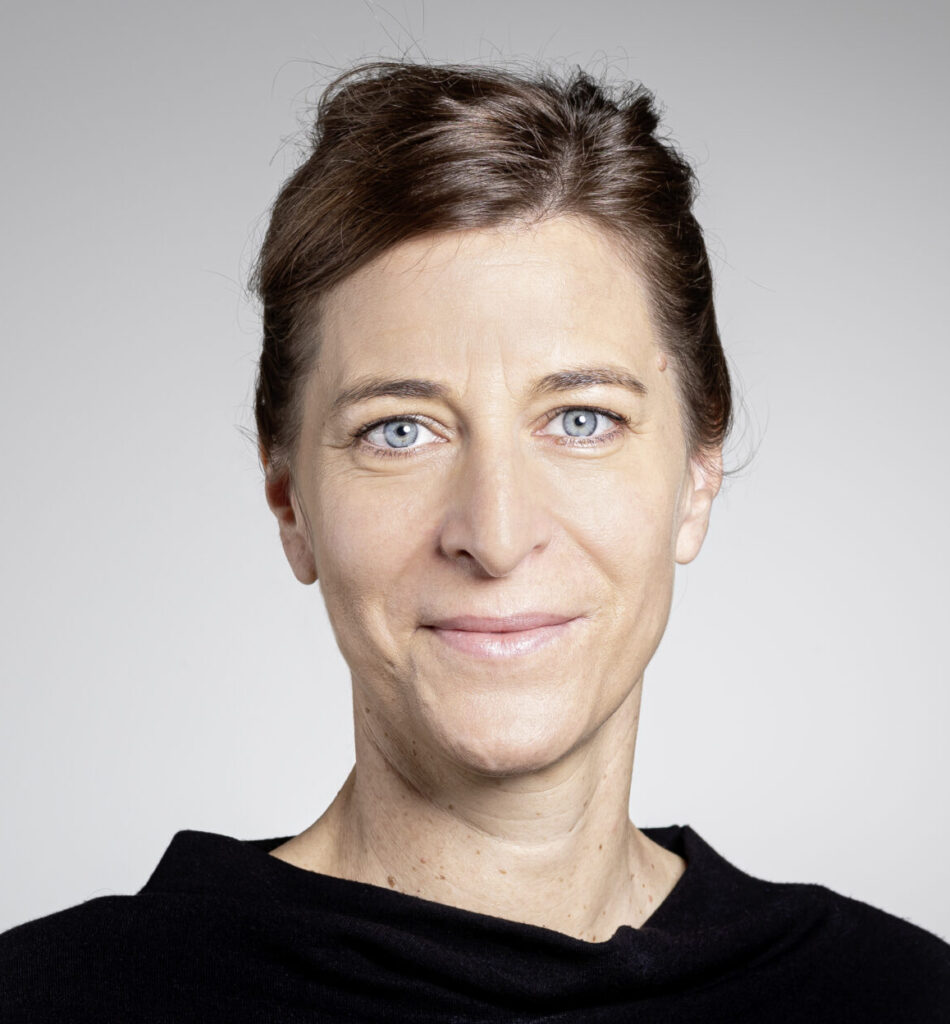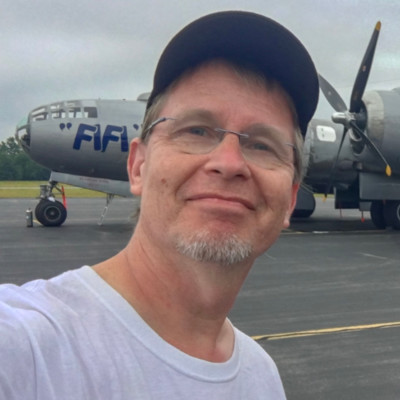
Dr. Katrin Crameri
Director, Personalized Health Informatics,
SIB Swiss Institute of Bioinformatics, Switzerland
Keynote Title:
The Swiss Personalized Health Network – FAIRification of health data
Katrin Crameri joined the Swiss Institute of Bioinformatics (SIB) in 2019 as Group Leader and Director of the Data Coordination Center of the Swiss Personalized Health Network (SPHN) initiative. In this position, she is responsible for the technical implementation of key SPHN milestones, for the transformation of health data into FAIR research data, and for building a secure IT platform for processing and analysis of sensitive data. A molecular biologist with a PhD in neuroscience and a master’s degree in public health, she has long been active in biomedical research, research support and future-oriented development of Switzerland as a research location. Since 2015, she has been active in various national and international committees for the best possible use of health data.
Katrin is passionate about improving the framework conditions for biomedical research in Switzerland and committed to advancing better research for better health.

Dr. Chris Mungall
Staff Scientist and Head of the Biosystems Data Science Department, Environmental Genomics and Systems Biology Division of Lawrence Berkeley National Laboratory, USA
Keynote Title:
Scaling up semantics: lessons learned from across the life sciences
Linked data is key to understanding the biological processes underpinning the health of humans and the health of ecosystems on this planet. The value of individual datasets can be increased by combining them with other data and prior knowledge. Semantic Web technologies should be forming the superhighways along which linked data seamlessly flows, yet with a few notable exceptions, the standards have not been widely adopted, and data languishes in unconnected backwaters.
We need a strategy for scaling up semantics, by working with and appealing to the producers and consumers of data, developing technologies that add semantics and integrative value using existing tools, rather than forcing change.
Here I will describe successes using this strategy in diverse areas from environmental microbiome research to translational science.
Chris Mungall is a Staff Scientist in the Environmental Genomics and Systems Biology Division at Lawrence Berkeley National Laboratory, where he heads the Biosystems Data Science department. He is a Principal Investigator on the Gene Ontology (GO) project, and the Monarch Initiative, and is the metadata and ontologies lead for the National Microbiome Data Collaborative (NMDC). He contributes to multiple life science ontologies covering domains such as anatomy, phenotype, disease, and the environment. His research focuses on combining knowledge-based methods and AI to investigate molecular mechanisms underpinning the health of humans and the health of the planet. In 2017 he received the International Society for Biocuration Exceptional Contributions to Biocuration Award.

Dr. Frank van Harmelen
Head of the Knowledge Representation and Reasoning group,
Vrije Universiteit Amsterdam, The Netherlands
Keynote Title:
Combining knowledge graphs with machine learning, with examples from healthcare and life sciences.
Symbolic and statistical AI techniques have complementary strengths and weaknesses, prompting many researchers to investigate combinations of the two: using symbolic knowledge to improve machine learning, or vice versa using machine learning to improve symbolically represented knowledge. We present a survey of different approaches for combining these techniques, and we illustrate these with examples from healthcare and life sciences.
This work is in collaboration with Annette ten Teije.
Frank van Harmelen is a full professor at the Vrije Universiteit Amsterdam, where he leads the Learning and Reasoning group. He has been a leading contributor to widely used Semantic Web techniques, including the Web Ontology Language OWL and one of the first scalable triple stores (Sesame, which earned him the 10-year impact award of the International Semantic Web Conference). He is one of the editors of the Handbook of Knowledge Representation, the standard reference in his field, and he is member of the Royal Netherlands Academy of Sciences and of Academia Europaea.

Dr. Ora Lassila
Principal Graph Technologist, Amazon AWS
Keynote Title:
Reimagining the Semantic Web – a retrospective
The technologies that encompass the so-called “Semantic Web” now form the basis for modern knowledge graphs. From the early origins in the late 1990s we have seen much development, including in areas that are outside the classical AI underpinnings of the Semantic Web. In this talk I take a look at what went right, what did not, and try to “re-interpret” the original vision (as publicized in the 2001 Scientific American article). What does the “new Semantic Web” look like now that many of the constituent technologies are more mainstream, and where are we headed next?
Ora Lassila is a Principal Graph Technolgist in the Amazon Neptune team. Earlier, he was a Managing Director at State Street, heading their efforts to adopt ontologies and graph databases. Before that, he worked as a technology architect at Pegasystems, as an architect and technology strategist at Nokia Location & Commerce (aka HERE), and prior to that he was a Research Fellow at the Nokia Research Center Cambridge. He was an elected member of the Advisory Board of the World Wide Web Consortium (W3C) in 1998-2013, and represented Nokia in the W3C Advisory Committee in 1998-2002. In 1996-1997 he was a Visiting Scientist at MIT Laboratory for Computer Science, working with W3C and launching the Resource Description Framework (RDF) standard; he served as a co-editor of the RDF Model and Syntax specification.
